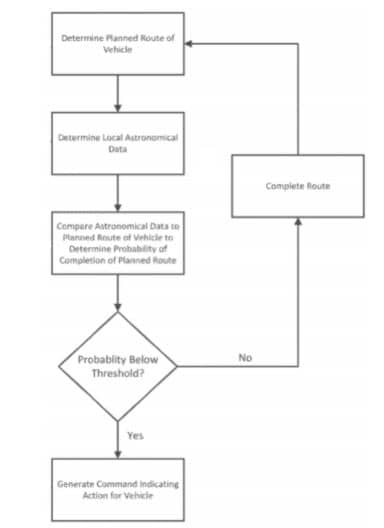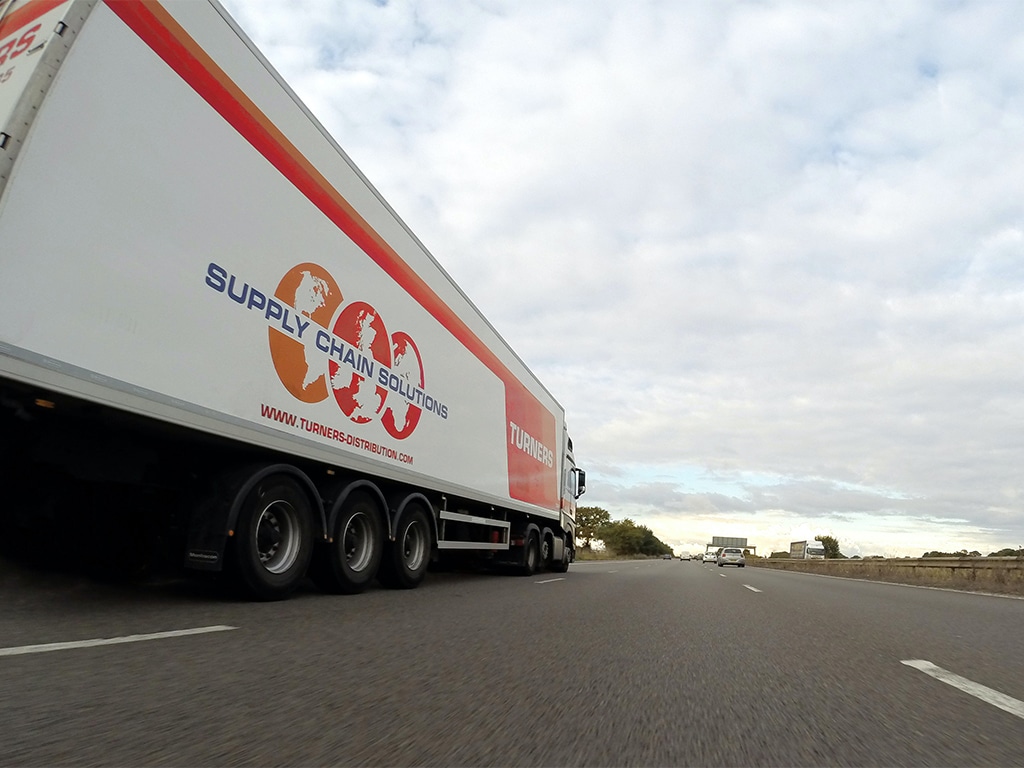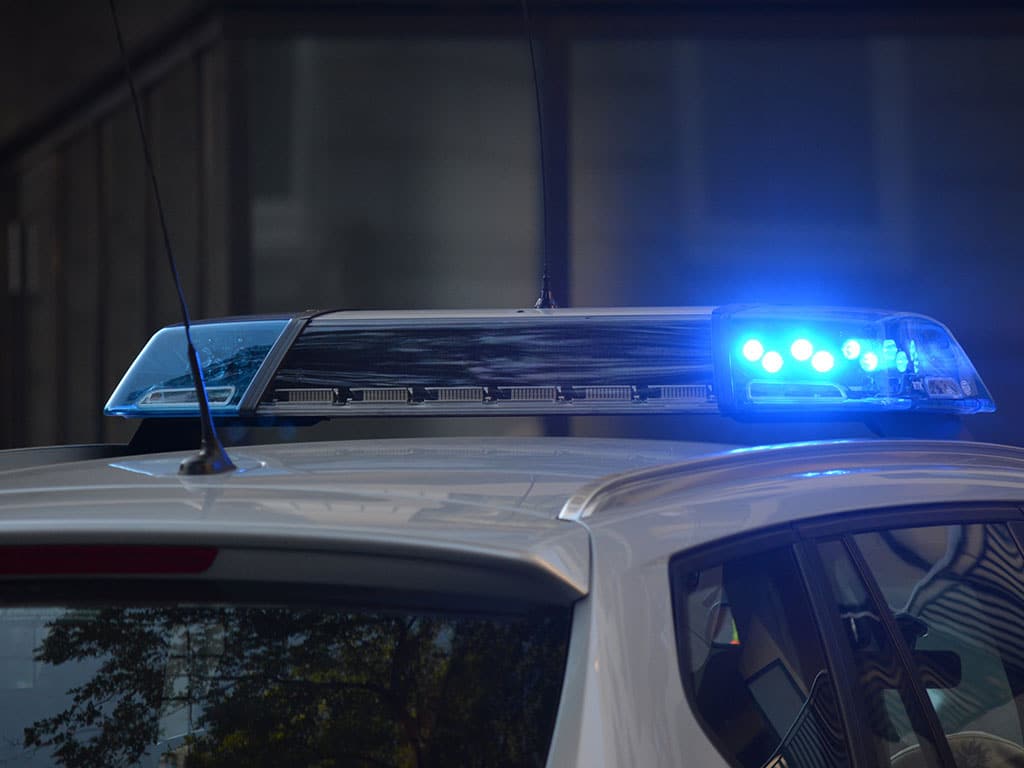Bosch is patenting a system that enables autonomous vehicles (AVs), including those without passengers and hauling cargo, to chart their course according to local astronomical data.
The German engineering firm’s patent application mentions sunset time, weather conditions, and the sun shadow among the astronomical data relevant to the self-driving system. An AV would come equipped with an electronic controller that accesses the information from a remote server. The data is aimed at ensuring the driverless car is within its operation design domain (ODD), particularly for conditions related to visibility. The ODD may include environmental, geographical, and time-of-day restrictions.

A method for determining an action for a vehicle according to one embodiment.
The system adds a layer of foresight to autonomous driving by using astronomical data to determine whether a vehicle could complete its route in lighting conditions under the ODD. The system assesses the probability of the AV reaching its destination and suggests alternative actions if the probability falls below a certain threshold.
In cases where astronomical data indicates the AV’s sensors would be operating outside the ODD, a shorter, faster route may be chosen to complete the trip before visibility drops, or the vehicle may take a longer route with better lighting conditions. Bosch says prioritizing east-west routes over north-south routes helps keep AVs ahead of the sun shadow.
The system may also generate a command for the car to remain parked along its route until sunrise the next day or after overcast weather has passed. Alternatively, the AV may navigate to a “safe harbor location,” which is closer than the original destination, and may be identified in the car’s navigation software.
Even with assistance from multiple cameras and sensors, current self-driving technology still faces visibility limitations. In fact, researchers are still looking to improve upon driverless cars’ imaging systems. Students from MIT claim to have found a way to boost the depth resolution of an AV’s time-of-flight sensors 1,000-fold. More recently, engineers from the University of Texas at Austin and the University of Virginia have created a new first-of-its-kind light detecting device, able to amplify laser radar systems and minimize inconsistency or noise.
Current self-driving systems have yet to match the ability of human drivers when it comes to making split-second decisions on the road, especially in situations involving rapid weather changes. Self-driving cars still have a higher rate of accidents compared to their manually driven counterparts, though their passengers suffer less severe injuries. Bosch’s outlined technology could add another dimension of safety for future autonomous vehicles, from cargo trucks moving across several states to taxi cabs cruising past several blocks.
The featured patent application, “Determining Vehicle Actions Based Upon Astronomical Data”, was filed with the USPTO on December 20, 2019 and published thereafter on June 24, 2021. The listed applicant is Robert Bosch GmbH. The listed inventor is Andreas Heyl.


